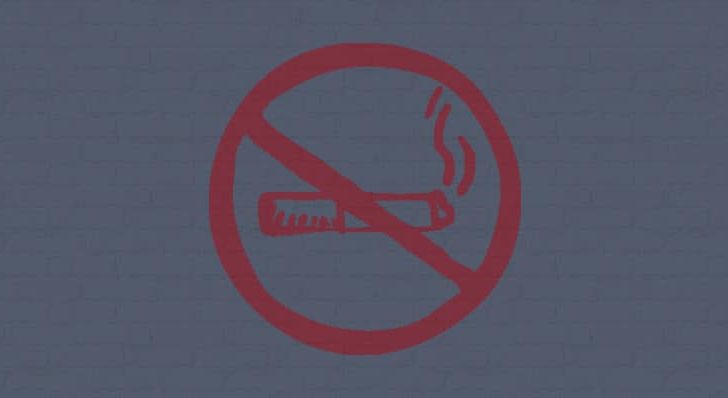The Benefits of Implementing a Tobacco-Free Workplace Policy
By Jaime Kennedy, MPH
Published December 3, 2014

Do you have an employee population that uses tobacco products? I must break the bad news to you… The U.S. Centers for Disease Control have put a $3,391 price tag on employees who use tobacco products: $1,760 in lost productivity and $1,631 in excess medical expenditures.
For example, if you have 1,500 employees and 40% of them are using tobacco (n = 600), then your annual medical costs could be amplified by $978,600. That is not even taking into account the dollars lost in productivity!
For our clients, particularly those who are self-funded and looking to minimize their medical costs – we recommend implementing a Tobacco-Free Policy.
Just to be sure we are all on the same page; a Tobacco User is defined as:
Definition of “Tobacco Use”
The final rule defines “tobacco use” as use of tobacco an average of four or more times per week within no longer than the past six months, including all tobacco products but excluding religious and ceremonial uses of tobacco. Tobacco use will be based on when a tobacco product was last used.
Implementing a Tobacco-Free Policy at your workplace can be beneficial for 2 main reasons:
- It helps to augment a culture of health at your organization; AND
- It may be the incentive & motivation that your employee needs to help jumpstart their efforts in kicking the unhealthy habit.
Our clients who have implemented a Tobacco-Free Policy have been most successful when utilizing a 6-8 month communication strategy (ultimately enabling their employee’s time to quit), they offer onsite tobacco-cessation classes at no-cost to their employees, include nicotine replacement therapy as part of their medical benefit offerings, and have visible senior-level support of the initiative.
Another tactic that can be adopted to help supplement the policy is a Tobacco-Use Surcharge (my personal preferred tactic would be offering a CREDIT instead!) Effective for 2014, the Affordable Care Act (ACA) allows health insurance issuers in the individual and small group markets to impose a tobacco use surcharge, within a ratio of 1.5 to 1. This means that, beginning in 2014, health insurance issuers in the individual and small group markets may vary insurance premiums based on a policyholder (or dependent’s) tobacco use, up to 1.5 times the regular premium. In addition, issuers of qualified health plans (QHPs) offered through an Exchange may also impose up to a 1.5:1 tobacco use surcharge.
Head Spinning Yet?
Confusing? We know! It has taken our department many years of experience with implementing Tobacco-Free Policy’s to determine what works and what doesn’t work.
Jaime Kennedy is an #EmployeeBenefits fanatic with a passion for holistic well-being. She developed her niche in Employee Benefits Consulting after earning a Masters of Public Health in 2012. Since joining The Bailey Group team, Jaime has become a strategic asset to our client’s by proving creative strategy designs that focus not only on cost-containment, but go further to look at how we can use benefits to propel their business forward. Jaime especially loves her family, church, Eco-living, and making green smoothies a part of her daily routine.




